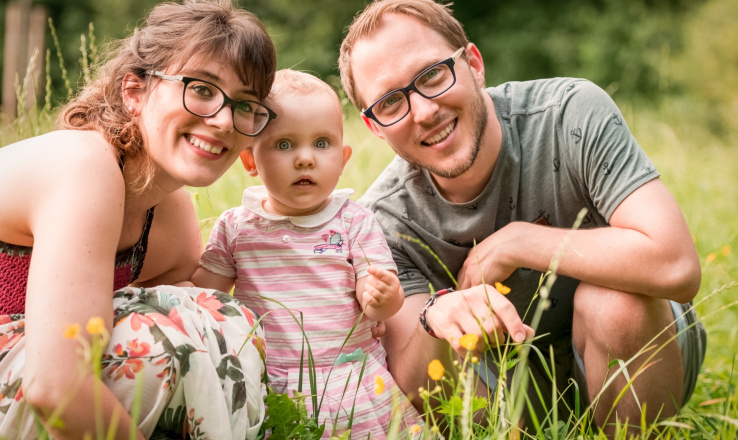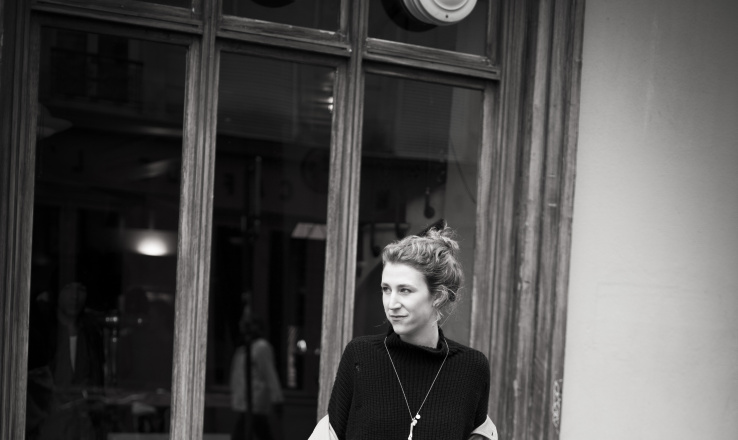Me, Grandma, Grandpa and Europe.
A glimpse into the memories of families in Vorarlberg
A colourful collection of local family histories.
Migration has been a part of family histories in Vorarlberg for centuries. There were the so-called Swabian children, the offspring of poor farmers from Vorarlberg sent to Swabia by their parents as seasonal workers up to the early 20th century. Or workers from Trentino who came in thousands to build the Arlberg railway in the 19th century.
Then there were hundreds and thousands of migrant workers, coming from Turkey under the Labour Recruitment Agreement or from neighbouring Germany. Vorarlberg is located in the heart of Europe. When you let your eyes wander up on its mountain peaks, you not only see the small federal state itself but three other nations: Germany, Switzerland and Liechtenstein. And you might realise that this is a place where people have lived diverse and complex lives, hopes and dreams for generations.
And sometimes it’s photos that tell the most captivating stories. Under the “Me, Grandma, Grandpa and Europe” project, people in Vorarlberg were invited to submit pictures from their family albums, be they analogue or digital, capturing a funny moment or a major family milestone, with a short text explaining the motif in in relation to the question:
“What are the ties that connect me, my family, my ancestors, across borders with the rest of Europe?” A series of selected photos and texts were then published in the region’s main newspaper, the Vorarlberger Nachrichten.
The project not only wanted to document that the stories of our lives and those of our ancestors are often actually “European stories”. It also referred to a large-scale project planned by the Vorarlberg Communal Archive for the coming years, the establishment of an intercommunal genealogic database tracing family histories over the course of centuries and to make them available to the public.

